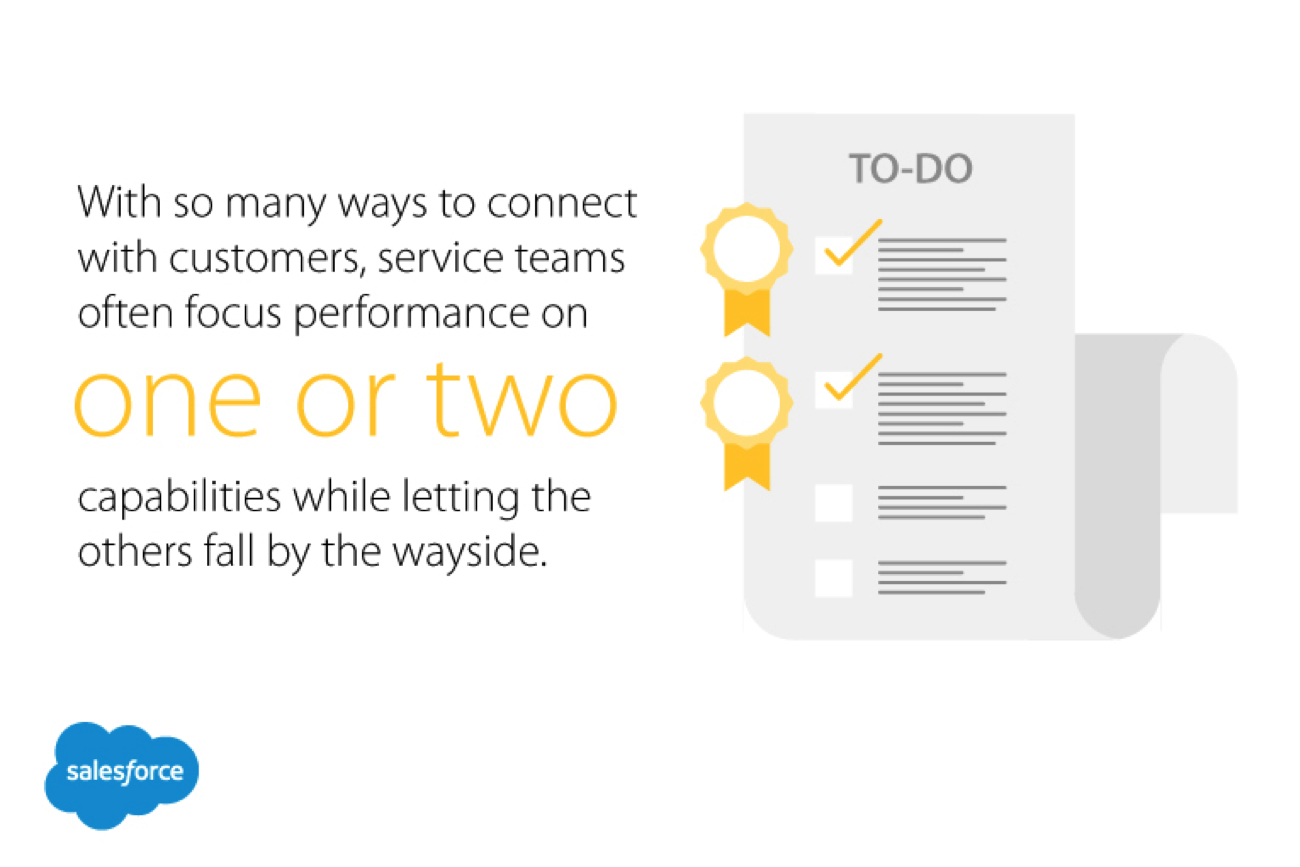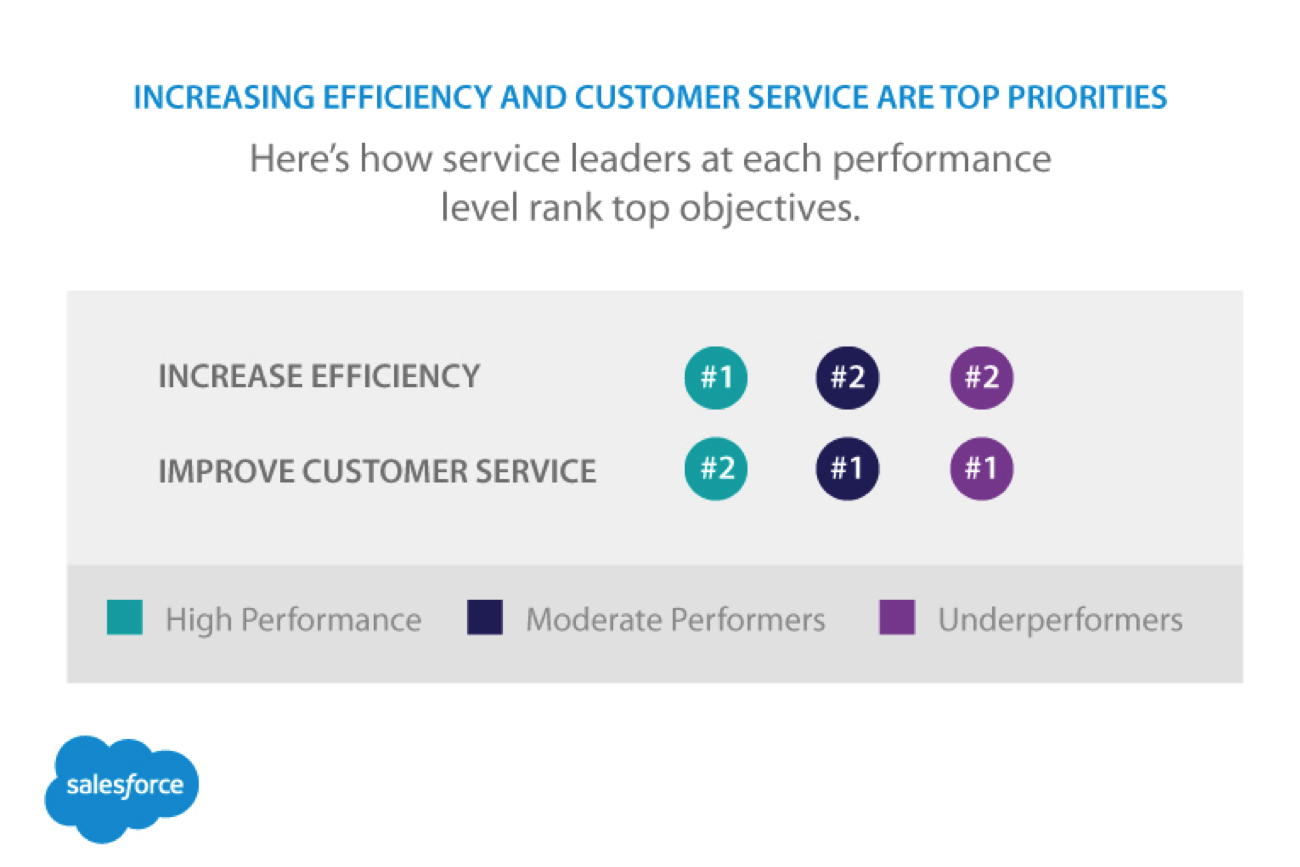Customer Service Training
How to Take Your Customer Service Training to the Next Level

The Importance of Customer Service
Have you ever contacted a business to get help in regards to the product you've purchased, only to be treated as if you’re wasting the representative’s time? We all have. How much did that experience make you want to do business with that company again? In many cases, customers refuse to give repeat business based on the bad customer service. But beyond even that, the presence of easily accessible reviews means that a single bad customer service experience can end up costing a business substantially more than the price of a single customer.
Unfortunately, exceptional customer service isn’t something that comes naturally to most employees. Instead, it is a skill that must be learned. As such, it is the responsibility of the organization to supply the kind of high-quality customer service training necessary to provide customers with positive experiences. While one organization may opt to teach each employee valuable customer service skills on the job, another may prefer more formal customer service skills training through special customer service classes.

Training the Most Valuable Customer Service Skills
In order for a company to offer excellent customer service, it needs to focus on customer service training that teaches its workforce customer service skills in these five areas:
- Product Knowledge. Often a customer will call on an employee with complex questions about some aspect of a product. Sometimes, that employee will have a basic understanding of the product, but not an understanding deep enough to answer the specific question. If a customer service employee doesn't know the product any better than the customer does, it’s possible that the customer could become frustrated and the company could lose their business. Employees, and particularly customer service agents, must be experts regarding their products or services.
Training: This area is both the most simple and most complex to train in. The effectiveness of the training is dependent upon an employee’s ability to stay current and informed regarding the entirety of the products and services offered by the company. And while this is fairly straightforward in theory, it can be very time consuming in practice. Make sure that your employees are being actively quizzed on not only new offerings, but also on basic and long-standing products and services. Provide necessary materials so that they can study up on what your business provides, and offer incentives to help promote product knowledge throughout the company. - Communication. While product knowledge may be vital to providing good customer service, the ability to communicate with customers is just as important. If the customer service employee knows their product well, but can't articulate this knowledge to the customer, then what good is that knowledge? Again, the customer will judge the company as being poorly run, under-trained, and potentially incompetent.
Training: Communication relies heavily on the ability to break difficult concepts down into simple, easy-to-understand parts. Training employees to be able to do do this takes patience. Focus on the “explain it to a five year old” approach. Have your employees practice breaking difficult concepts down into ideas that can be easily explained to children. This will allow them to place themselves in the shoes of those who may not have the advantage of in-depth education regarding the product or service being offered. - Patience. No one enjoys being spoken down to, and no one likes being treated like an inconvenience. Customers who are treated with curtness rather than patience will likely choose to avoid doing business with that organization in the future, despite any other benefits.
Training: The most important aspect of training employees to be patient lies in effective prioritization. Employees should be taught that customer satisfaction is the most important goal, and that happy customers are worth far more to the company than customers who are quickly pushed through the system. This can be done through customer service based rewards for those agents who provide the best experiences for clients. Patience training can also go hand in hand with communication training, as employees are encouraged to see things from the perspective of clients. - Efficiency. As tired of a cliche as it may be, the fact of the matter is that for businesses, time really is money. However, what many organizations fail to recognize is that time is just as valuable to customers as it is to companies. Customer service representatives who are too slow to provide adequate assistance often leave customers feeling frustrated and unsatisfied.
Training: Service agents should be trained to value the client’s time, and to have enough familiarity and authority in the system to be able to resolve issues as quickly and as easily as possible. In fact, high-performance service leaders rank increased efficiency as a more important objective overall than improving customer service, as improved efficiency has a direct impact on the quality of customer service being provided.
Training employees to be efficient means focusing (again) on product knowledge, but also on teaching agents to be able to anticipate issues before they arrive, and to be able to conceptualize potential solutions even when they don’t have all of the facts. More than any other area, efficiency requires constant upkeep, as employees continue to train to master various systems and processes. - Attention to Detail. Each customer has a unique set of needs, and may be experiencing unique problems with no obvious solutions. The ability to identify obscured solutions hidden among unimportant details is the mark of a true problem solver, and it is a trait that customers always appreciate.
Training: Reviewing and rating agent-customer interactions can be a method to help employees identify key points after the fact, and it may help them learn to recognize similar points when they come up in the future. A customer service worker needs to be able to troubleshoot with a customer through small, sometimes seemingly insignificant details in order to solve the overall problem. As they say, the devil is in the details, and when service teams focus their performance on only a few capabilities while ignoring the rest, then the devil really gets out to wreak some havoc.


